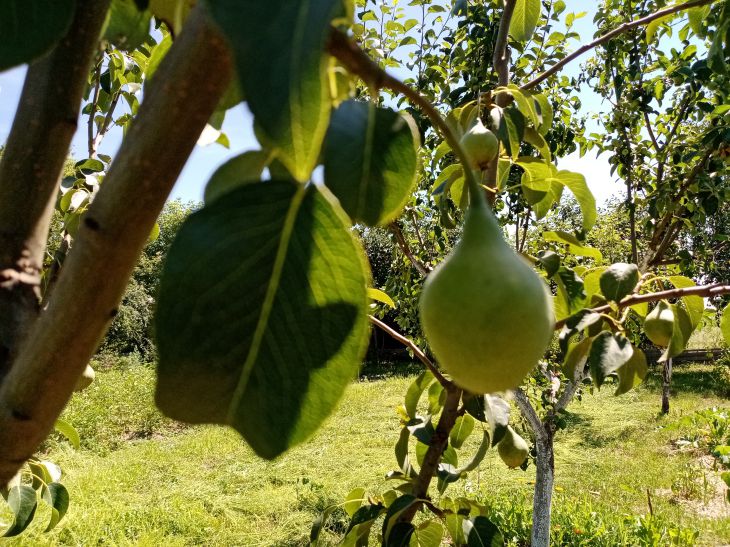Why does a pear tree drop its ovaries: this is what deprives summer residents of their harvest
The juicy and aromatic fruits of the pear tree are not only tasty and nutritious, but can also quench your thirst.
Many summer residents plant this plant on their plots, but it does not lead to a good harvest.
For example, it is not uncommon for a tree to suddenly begin to shed its ovaries. This greatly reduces the yield. There are several reasons why this happens.
Why does a pear tree drop its ovaries?
1. Lack of nutrition. The pear tree needs sufficient nutrients to form and develop fruits. If the tree lacks nitrogen, phosphorus, potassium or other elements, it may drop ovaries.
2. Moisture deficiency. The pear tree can also drop ovaries due to a lack of moisture in the soil. This is especially true in hot and dry weather.

3. Pests and diseases. Some insects and diseases can attack the pear and cause it to wither and drop its ovaries.
4. Incorrect pruning. Excessive pruning of the tree can cause it to spend energy on recovery from pruning, rather than on the formation and development of fruits.
5. Age of the tree. Some pear varieties may drop their ovaries at a later age, when the tree begins to age and lose its ability to bear fruit.
To prevent the ovary from dropping, it is necessary to provide the pear with sufficient nutrients, moisture, and to prune it correctly. It is also important to monitor the health of the tree and fight pests and diseases.

